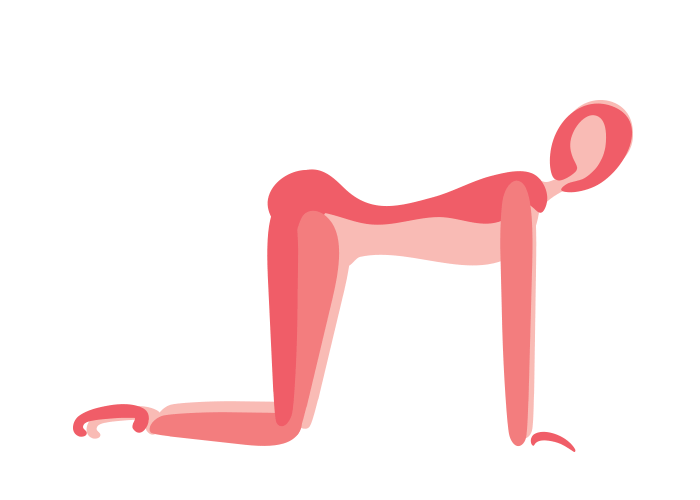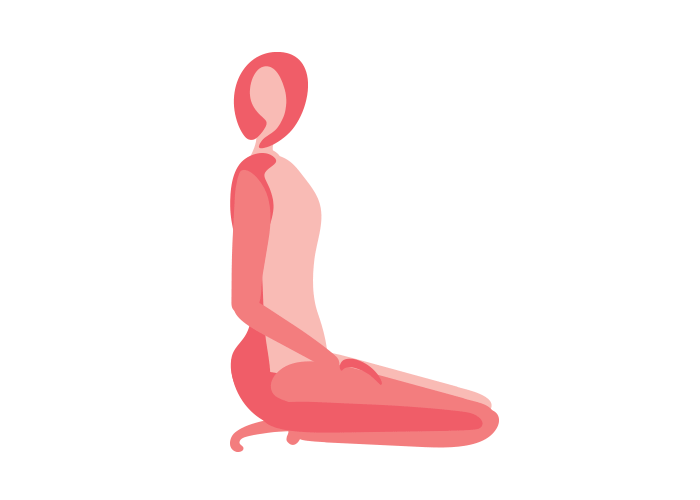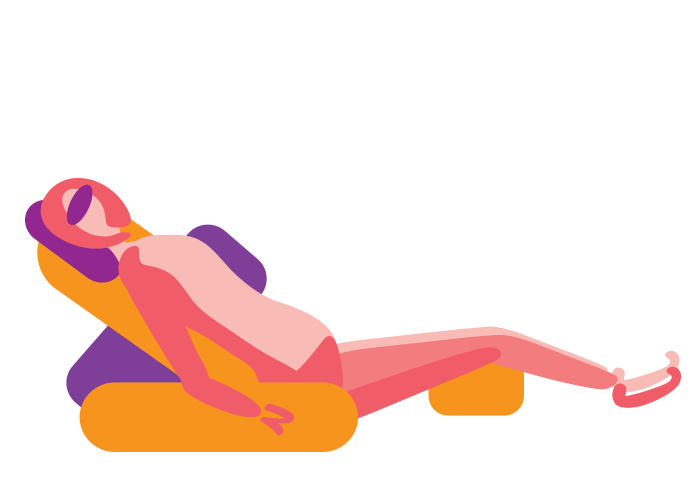Yoga Practices
Yoga is a practice of awareness and a process of integrationThe World of Yoga is Vast
“Yoga” is a term which not only covers a range of practices, skills and techniques, it also applies to a range of traditions, styles of practice, and lifestyle choices. “Yoga” also refers to our own personal ‘inner space’ – our own connection to ourselves, and subsequently to the world we live in, our ‘outer space’.
There are many many yoga practices. The sources for these arise from Patanjali’s eight limbs of yoga. The eight limbs begin with ethical precepts (called Yama and Niyama), through to concentrated focus (called Dharana), and ultimately divine experiences (called Samadhi). Yoga’s sister science Ayurveda, also has a vast range of cleansing, diet and lifestyle practices. Physical yoga practice (called Asana) is the most accessible and popular form of yoga practice.
Here are yoga practices we practise at One Yoga:

Yoga Stretches
Modern Hatha yoga postures, warm-ups and corrective practices.
Yoga stretches encompass body movement in all directions – forwards, backwards, sideways, diagonally and also include twists and inversions. Traditional Hatha yoga postures, based upon principles of joint alignment and muscle integration, can create strength and stability from which balance, length and flexibility may be encouraged.
Warm-up exercises and corrective practices are designed to activate core muscles and open the body up for stronger postures. In particular, corrective practices can counter imbalances which arise from poor postural behaviours such as prolonged slouching, sitting or repetitive unnatural positions.
Yoga Asana practice may include not only held postures, but also flowing movement sequences (called Vinyasa, may be performed gently or strongly), as well as pauses or rests which allow the benefits of the practice to be integrated. Interestingly, social scientists investigating human behaviour and body language acknowledge that even short holding of ‘power’ poses can decrease levels of the hormone cortisol, effectively reducing stress and effecting a positive change in the mind.

Attentive Breathwork
The breath is the bridge between the body and the mind.
Working with the breath during active and passive yoga practice helps to focus the mind on the body. This skill becomes more developed with ongoing yoga practice and is a powerful guide both on and off the yoga mat. Awareness of the breath provides valuable feedback on the status of the body or the mind (or both) at any given moment. When stressful situations arise our breath becomes jagged, quicker, shorter and more shallow – a relaxed breath is smoother, longer, deeper, silkier.
Mindfulness of the breath helps to manage responses – physical, emotional and mental – and may have a profound effect on the nervous system. Attentive breathwork during yoga practice includes guidance of the breath, with focus not only on the inhalation and exhalation (aka the inspiration and the expiration), but sometimes also on the quieter phases of the breath – retention and suspension.
At times during yoga practice breathwork is guided, and at other times observation of the natural breath is recommended. Yoga practice may include specialised yoga breathing techniques (called Pranayama) – specifically calibrated for enhanced connection with the breath. Pranayama appropriately practised may have powerful benefits.

Relaxation Practices
Rest, release, restore, refresh, re-integrate.
Resting facilitates the integration of the active with the passive. A moment of calm during physical practice allows the body to incorporate certain changes which may have occurred (these may be muscular, changes in blood pressure, compression of internal organs etc). These pauses also provide an opportunity for any tensions (which may have arisen during a posture or practice) to be released, and encourage balance to be re-established. This applies both physically and mentally – a little space enables a sense of “coming back to yourself”.
Relaxation in yoga is more than simply lying down at the end of class. Relaxation practices may include centering, breath awareness, meditation, guided visualisation, rotation of consciousness (called Yoga Nidra), and restorative postures – passive yoga poses, usually supine (lying down), which are modified with props (eg blankets, cushions, bolsters, eye pillows) to suit the individual so they may stay in the posture for an extended length of time and allow the body to completely release.
Like all aspects of yoga, relaxation practices may take a little time to learn. Do not feel discouraged if you find it difficult initially to “settle into stillness”. Over time, with continued practice, the length of time it takes to release tension – be it nervous, muscular or mental tension – gradually becomes less, and moving into relaxation starts to feel more easeful.
